All games shown were played as demos from Next Fest 2022 October edition on steam.
- 00:30 Dredge
- 3:33 Gunbrella
- 5:38 Pixeljunk Scrappers Delux
- 7:31 Bravery And Greed
- 10:14 Flowstone Saga
- 12:11 Vernal Edge
The Flipside of Gaming
All games shown were played as demos from Next Fest 2022 October edition on steam.
For this set of showcases, these are my favorite demos from the October Steam Next Fest 2022.

Casey Baseel at Soranews24 reports that the city of Yokohama in Japan has Pokémon-themed mailboxes! The article tells us that, in Japan, while there is home delivery of mail, pickup is only at public locations like post offices and mailboxes. It’s those mailboxes that have the characters affixed to them. Because we can’t resist spoiling things, the Pokémon present are Pikachu (as seen above), Eevee, and Piplup. The article has more information, including detailed information on where to find them if you’re in Yokohama!
Forever late to the party, I splurged a bit and got the Zelda Game & Watch Nintendo made last year, and you can still find on sale in some places. It doesn’t seem to have been as popular as the Super Mario Bros. version, despite being a somewhat better value for the money. It’s hackable, but it requires opening it up and doing some soldering, and has so little storage that to really make use of it you have to replace its Flash memory chip too.
But even if you don’t hack it, it’s a nice thing just to have? It’s got a great screen for one thing. And as reports were on release, there is a light-up LED Triforce that shows up through the back case when it’s on that’s just a nice touch. The games are largely as they were on their original release, although with flashing effects toned down to avoid triggering seizures in photo-sensitive sufferers of epilepsy.
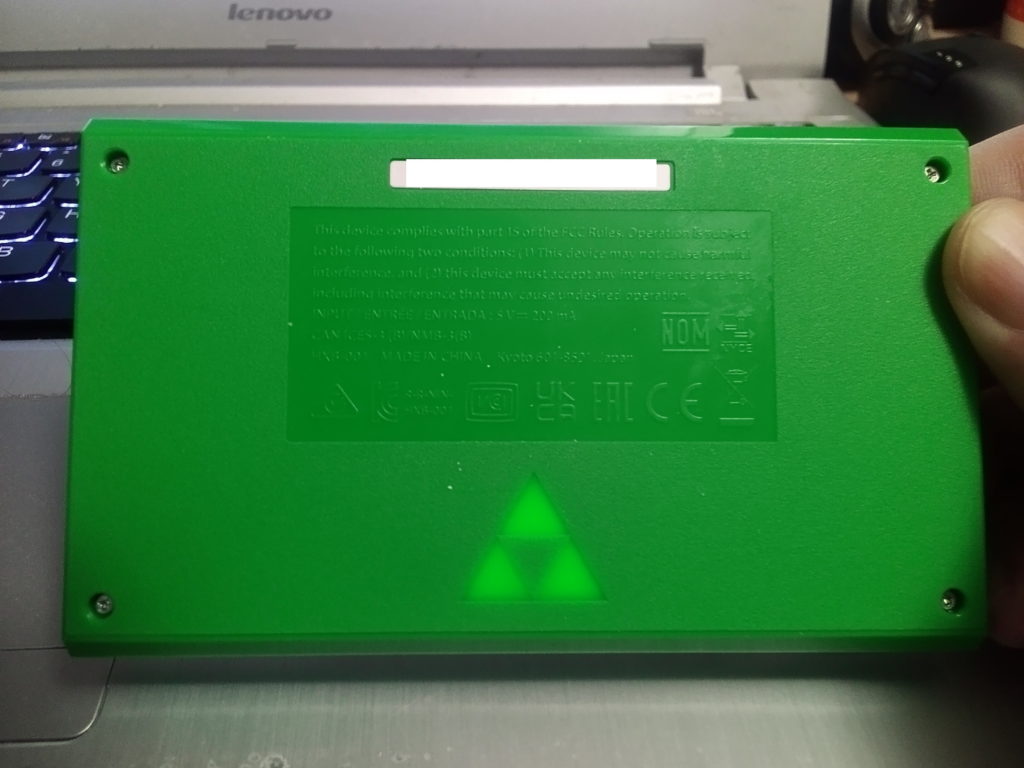
Of new features though, the standout is the clock mode, which I’ve not seen a lot of people talking about! It self-plays a kind of weird version of The Legend of Zelda via AI. Monsters are generated, the AI destroys them, then more monsters are generated. They drop items, but rupees don’t seem to matter. Every two minutes, Link moves to a new screen. Every 30 minutes or so he changes location between the overworld or a dungeon. He finds items, he beats bosses, he gets heart containers, he slowly collects Triforce pieces, and at noon and midnight he defeats Gannon and starts all over again. There are even secret staircases to find, although the AI seems to know where they are.
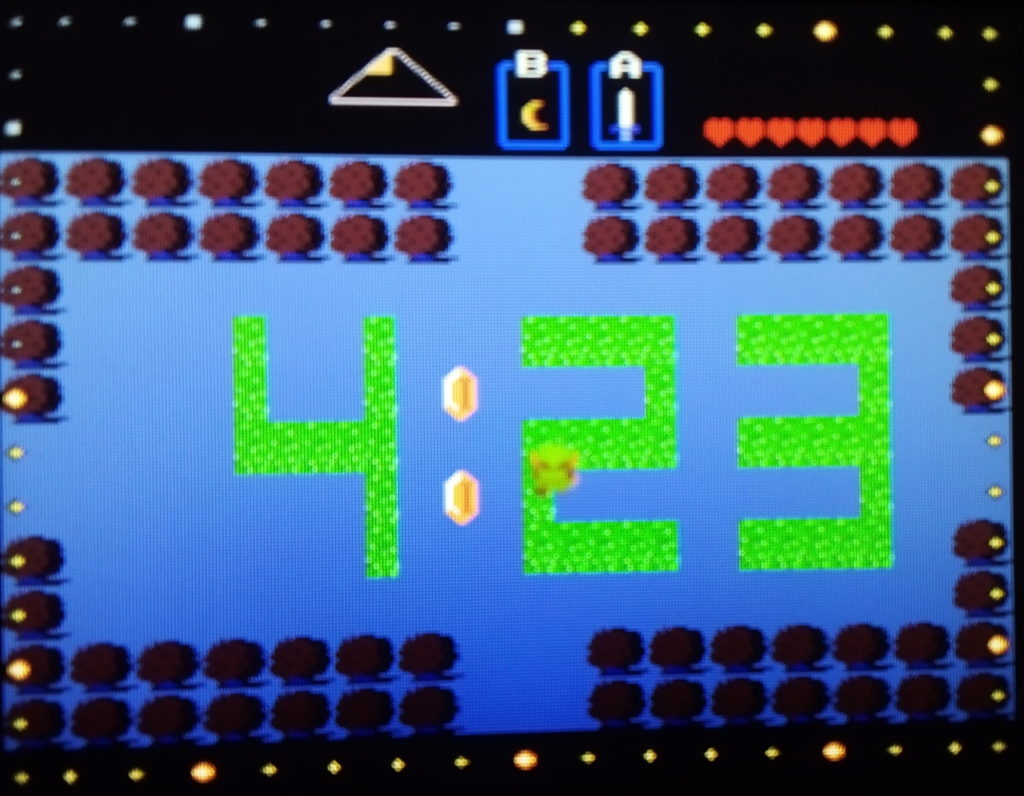
At any time during this show, you can press A and B at the same time to take control of Link yourself. He controls exactly like he does in the NES version, with enough nuance (like, the edges of the screen are a safe zone like in the console version) that I wonder if this isn’t a hugely hacked-up version of the game’s rom that’s providing the show. The sound is just ticking by default, but if you hold the A button down for five seconds it enables the sound from the game too.
If you choose to control Link, you can’t access the subscreen, but you can switch items using the Select button. If you run out of hearts Link respawns almost immediately. Also you can’t move to a new screen yourself, instead the game advances to a new area after two minutes regardless of how well either you or the AI player does. If you leave the controls alone for a couple of seconds the AI will take back over for you.
I don’t know if the world map that Link travels through is mappable. I’d be very interested to know if it’s a hack, and if it is, if someone could break it out of the software. If it isn’t, maybe the game world could be recreated in a hack of the original Zelda rom?
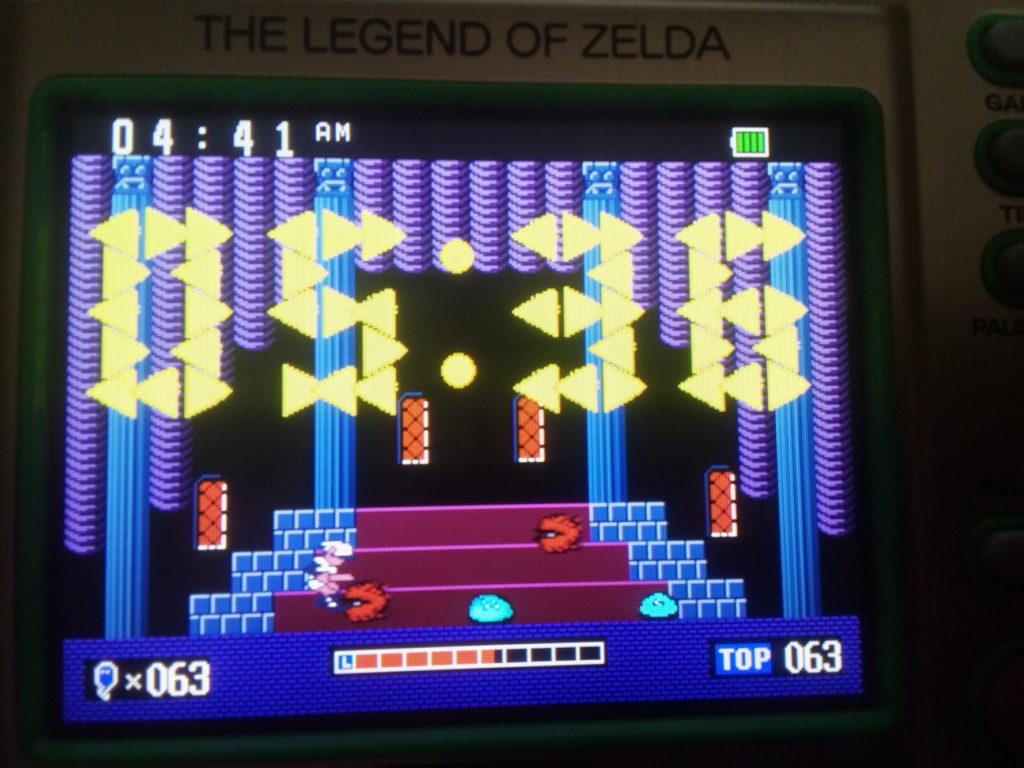
There is also a special version of Zelda II. When you activate the Timer function, the version of Link from that game will automatically fight enemies, and you can take over from its AI too. This version is more explicitly game-like: it tracks high scores earned (by either human or AI) in each of its ten time limits and on each of three enemy sets, plus one more, a special mode where it records the time a human player can defeat a number of enemies. (Hold A for five seconds from the timer set screen to activate it.) And there’s a version of the old Game & Watch title Vermin included, with Link instead of its generic character that was later christened Mr. Game & Watch.
A note about the combat implementation of Zelda II in the timer game. Ironknuckles show up here, but the trick familiar to people who have played a lot of the NES game, of jumping before an Ironknuckle and stabbing as you’re coming down, as of slashing through the top of the enemy’s head, which always gets past the shield, does not work in it. Instead, to get past an Ironknuckle’s defenses, you must rely on the fact (in this game) that they can’t movie their shield while they’re attacking with their own sword.
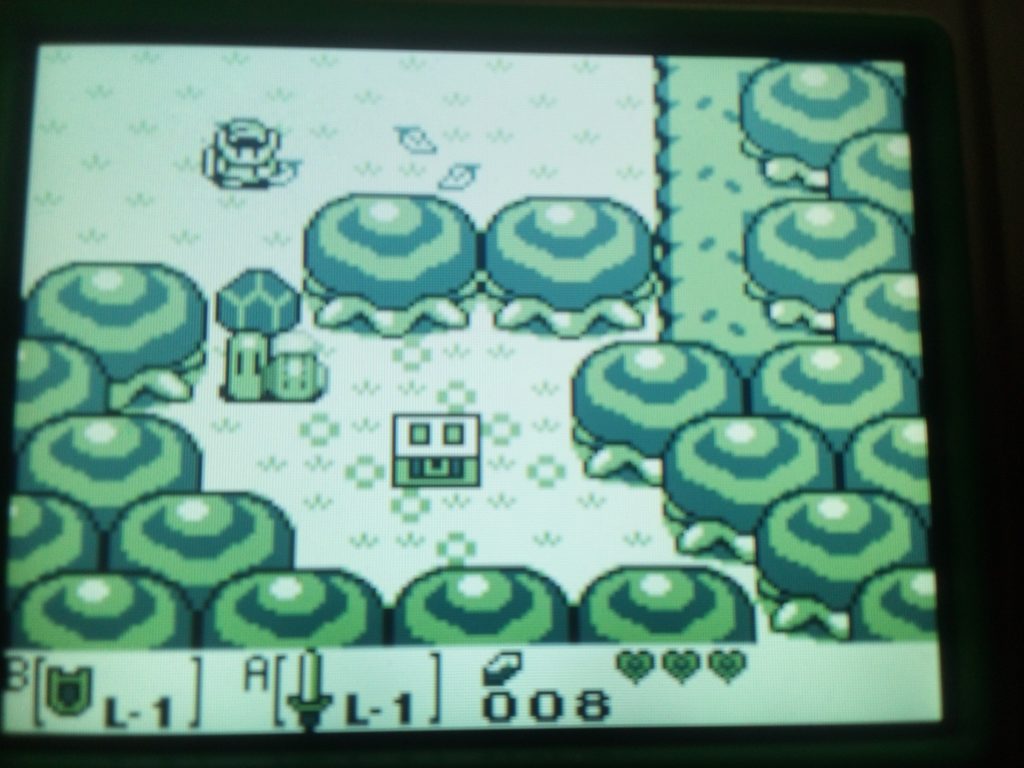
So, it’s time to make an embarrassing admission. This is at least the seventh time I have legally owned the original Legend of Zelda. I had its NES cartridge, the Virtual Console rereleases for Wii, Wii-U and 3DS, the GBA rerelease, and the one on the Gamecube bonus disk for pre-ordering Wind Waker. I’ve probably forgotten at least one other version along the way-I had Gamecube Animal Crossing, which has the rom of The Legend of Zelda on its disk too, although it was never made available without hacking, and I subscribe to Nintendo Switch Online, meaning I can also play it there if I were to be of that mind. Now, I own a yet another device that can play The Legend of Zelda. Most of that time I could have played it for free via emulation, yet I keep buying it.
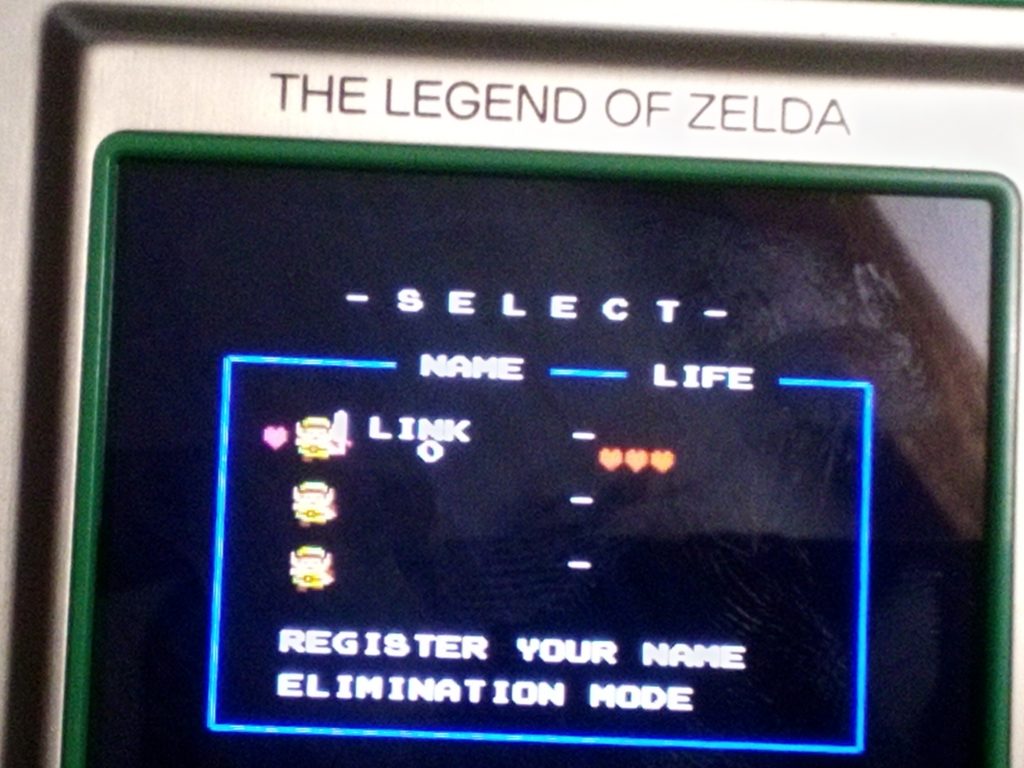
My response to people who are somehow in favor of Nintendo’s draconian legal response to pirates is, why do I keep doing that, continually giving them money for a game I’ve bought many times, when if I had the mind I could probably have gotten a hundred copies off the internet? Am I just stupid, or is there some other motive at work here? I am open to either possibility.
For this Perceptive Podcast, I’m speaking with Keirron Stach from A Few Dragons to talk about the indie studio. We spoke about their games Lightsmith and The Sacred Acorn and the challenge of working on two projects at once.
Super Mario Bros. has 10 “1UP” blocks throughout its eight worlds. One of them is in World 1-2, and another is in world 8-2. These are visible (although they appear to be ordinary bricks when hit), and always produce a 1UP Mushroom when hit.
But also, there are a total of eight other 1UP Mushroom blocks in the game. These are hidden, invisible and intangible unless struck from beneath. That causes them to appear and produce a 1UP Mushroom… sometimes.
The 1UP blocks are always in the first level of each world (1-1, 2-1, 3-1, and so on.). They also always appear if you start on that level (say, using the level selection feature unlocked after finishing 8-4) or if the player has just warped to that level. But in other situations, the block usually doesn’t appear.
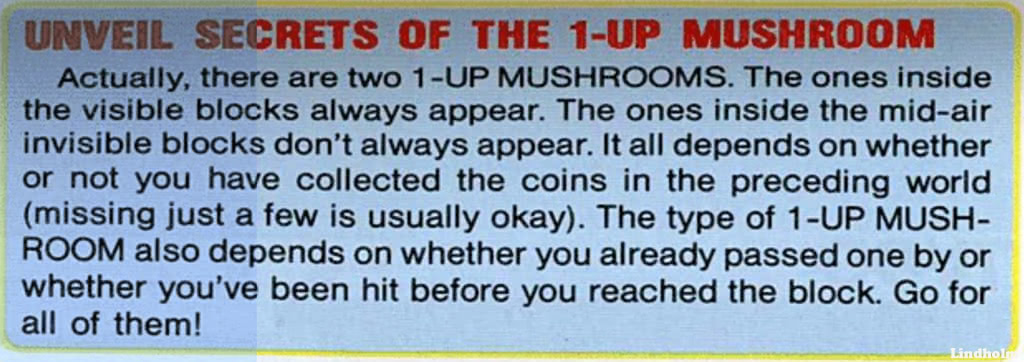
What causes them to appear? Even Nintendo’s guide authors at the time didn’t know. Depending on the source, it either had to do with whether Mario was big when he hit it, or whether he found all the coins in the previous world.
Stephen Lindholm’s website has the details on the true criteria, and you should read it there, but to summarize:
It’s coming….
It’s fifteen years old now, but I still love the old “funnymovieinternet” video CUBE, which is a promo video from an era of video games that never really existed. In our little circle of friends, PREPARE YOURSELF FOR CUBE is still a signifier and in-joke all to itself. The site it came from is long defunct, but fortunately it hasn’t been hit by a spurious Youtube takedown notice yet, which as time approaches infinity, appears to be the ultimate fate of all videos on that frog-forsaken website.
We love Nicole Express! She regularly covers the most interesting, and often obscure to U.S. audiences, gaming topics. This time out, she relates the many ways that the PC Engine saved game data. Just about every possible way the system could do saving, it did, from simple passwords to on-cart battery-backed RAM to expansion port peripherals with batteries or capacitors, even to a device that plugged into the controller port. Great information as always from Nicole Branagan!
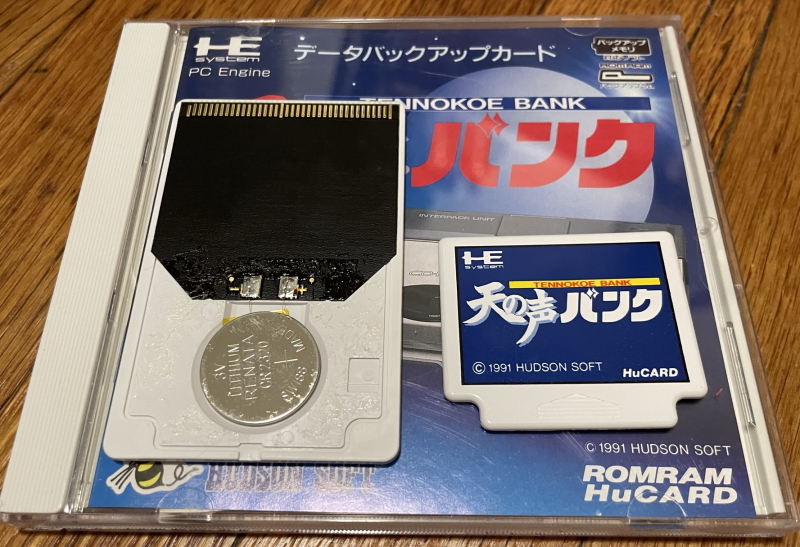
Nicole Express: Tennokoe, or, How I learned to Stop Worrying and Save the Game
Games shown include:
Posted to Metafilter by Going to Maine, it’s definitely the kind of thing of interest to me and probably our readers. A link is a link, no matter where it came from. This site is an archive of messages made by Jed Margolin from the Atari Games corporate email server, from July 11, 1983 to when he left the company on September 15, 1992.
Particularly, read the last message from this post on the end of the U.S. arcade boom, of which this is an excerpt:
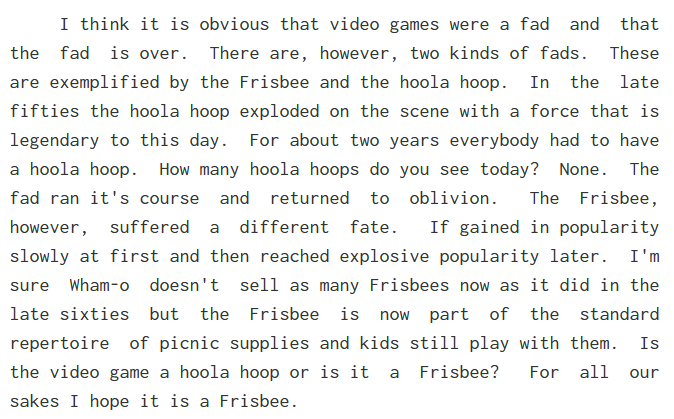
Note: we saw the Nintendo Direct with the trailer for the (newer) Super Mario Bros. movie, but there’s not really to comment on? Maybe we’ll talk about it later, when we’ve learned more.

“We scour the Earth web for indie, retro, and niche gaming news so you don’t have to, drebnar!” – your faithful reporter
Ollie Reynolds at Nintendo Life reports on why the Deku Stick item in Link’s hands looks different between Ocarina of Time and Majora’s Mask. It has to do with a subtle texture reference error.
Oli Welsh, demonstrating that there’s nothing good that can last, tells us that three Disco Elysium developers have left the company. Details are scarce, but it seems it was not by choice. Is it possible that there’s an NDA involved, or else, a non-disparagment clause?
At TechCrunch, Devin Coldewey claims that Stadia, Google’s streaming gaming service that they just finally killed, died because no one trusts them to keep anything alive. I still remember (and tend to repeatedly mention) how frustrated I was when they killed Google Reader back in 2013, in order to make way for a social networking service that no one remembers, and that feeling never really went away.
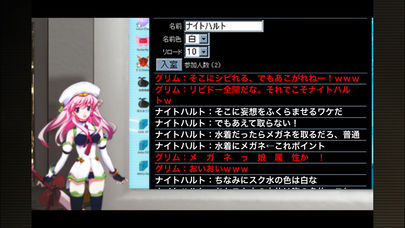
Kyle Orland at Ars Technica mentions a visual novel Spike Chunsoft is releasing for Switch that they’ve cancelled for Steam, due to mandated content changes by Valve. The game is called Chaos;Head Noah (their punctuation, not mine), and was originally released for the Xbox 360, with a Vita re-release, that both received very restrictive ratings. Later releases had an edited script which allowed it to be released with a lighter rating, which an anonymous source says is the version to be released on Switch (and not on Steam). Chaos;Head Noah is a sequel to the previous Chaos;Head, and both are part of the same series as Steins;Gate.
The mainstream gaming press suffered another blow. John Walker writing for Kotaku mentions that the ubiquitous Fandom wiki empire, formerly known as Wikia, has purchased a variety of other websites, including Gamespot, GameFAQs, and Giant Bomb, in addition to TV Guide, Metacritic, Cord Cutters News and Comic Vine. The NetHack Wiki changed over from Wikia many years ago, yet Fandom’s out-of-date version of it still confuses Google search results today. And it doesn’t feel great that so many properties have their primary source of knowledge about them owned by one business, which now engulfing a much larger percentage of the fan media landscape. I point you again to the line in our sidebar that says, “Just say no to Fandom.com!” And yet, if you want to find information on some things, Fandom sites are largely inescapable.
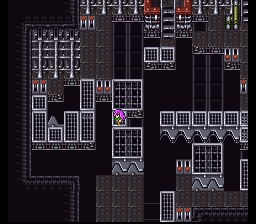
Marshall Honorof at Tom’s Hardware goes through the six English releases of Final Fantasy V and tells you which is the best to play-although, pointedly, it is challenging to buy these days. It contains a screed about game preservation that I am entirely on board with.
Video Games Chronicle’s Jordan Middler discusses a Bloomberg report that controversial Activision chief compliance officer Francis Townsend has stepped down, a former Bush administration officer who was unpopular with both fans and employees for not addressing reports of harassment.

On Romhack Thursdays, we bring you interesting finds from the world of game modifications.
Nintendo is a company with a long history, having gotten started making playing cards. They jumped into the video gaming market, like a lot of companies, making dedicated consoles that were released only in Japan. It was the release of the arcade game Donkey Kong that started them on the path to becoming the worldwide success they are today.
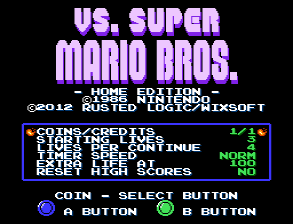
The sales of Donkey Kong, and successor games like Donkey Kong Kr., Donkey Kong 3, and Mario Bros., put a lot of Nintendo cabinets out there. In the mid 80s there arose a market for upgrade kits, an alternate set of internal components for an arcade machine that could make it into a new game for players to enjoy. Simultaneous with the success of the Famicom and NES, Nintendo sold a kit called the “Vs. System” that their old cabinets could be converted into, as well as dedicated cabinets that used it.
Among the software Nintendo made for their Vs. cabinets, so they made special arcade versions of many of their NES cartridges for it. Many of these are expanded versions of the originals, with new features. We’ve already looked at Vs. Castlevania, a version of Castlevania remixed for the Vs. Unisystem by Konami. One of these updated versions was of Nintendo’s first huge Famicom hit, called Vs. Super Mario Bros.
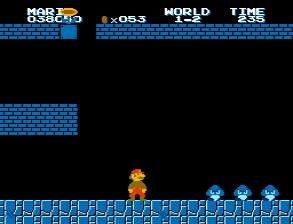
Vs. Super Mario Bros. seems, at first, a lot like the original game. It’s got a high score screen and some other minor changes. Players familiar with the Famicom/NES version will find that it changes significantly as they get further into it. Many later levels are completely changed, and much harder. When Nintendo released the Japan sequel to Super Mario Bros., they used levels from the Vs. System port to help flesh it out.
Many changes were made to the game to support arcade play. “Loops” where players could farm extra lives were toned down or removed, extra lives in general were reduced in number, and warp zones don’t take the player nearly as far into the game. Another change made was to add operator adjustable difficulty, allowing the cabinet owner to set how many coins were needed for an extra life.
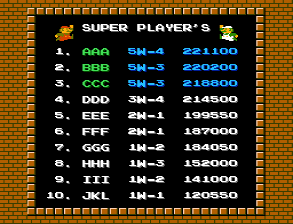
Through emulation, Vs. Super Mario Bros is completely supported in MAME. But for technical reasons, you can’t just play MAME roms in an NES emulator. If you’d like to play it in the emulator of your choice, or have a means to get it running on actual hardware, creator BMF54123 applied all of the play changes of the arcade version back into the NES version of Super Mario Bros., and even added a title screen that allows you to apply the same difficulty settings that were available to an arcade operator.
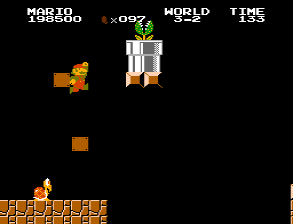
If you’ve never played Super Mario Bros before… then wow, I’m impressed you even found this blog. But also, this is perhaps not the best way to experience the game now. The demands of arcade design make for a much more challenging experience than the original. If you’re very familiar with the home versions, though, it can be an interesting new way to experience it.
Vs. Super Mario Bros for NES (romhacking.net)